Motion capture systems, as a high-precision positioning method, are widely used in experimental systems at universities and scientific research institutions. In addition to common applications like indoor positioning for drone formations and capturing the end pose of robotic arms, the use of motion capture systems has also extended to marine and ship-related research fields. The systems are typically set up in laboratory environments such as deep-water ocean testing pools, multifunctional ship model towing tanks, marine engineering pools, internal wave tanks for ships and marine engineering, ROV testing pools, and multifunctional deep-water pools.
Motion capture applications for ships and marine structures
As a positioning system, the motion capture system can obtain six degrees of freedom kinematic parameters of ship and marine structure models to analyze their motion response under the action of wind, waves, and currents, or it can serve as a pose sensor to verify the reliability of dynamic positioning systems.
1) Reliability verification of dynamic positioning systems for ships and marine floating platforms
Dynamic positioning systems refer to the ability to maintain a desired position without the use of anchoring systems. By using various sensors to detect external environmental disturbances (such as wind, waves, and currents) and changes in the state of the system itself, the onboard automatic control system processes this information in real-time. The system calculates the control forces required to return to the target position, thus achieving dynamic positioning.
Development of the dynamic positioning system includes establishing the platform's dynamic model, designing the controller and power distribution scheme, constructing a semi-physical simulation platform for hardware reliability and algorithm feasibility verification, and finally completing model dynamic positioning tests in a test pool. The motion capture system, acting as a position measurement system, acquires the actual position and attitude information of the platform, which is fed back into the control system. By comparing pool test results with semi-physical simulation outcomes, the rationality of the control system is validated.

2) Research on the free vortex-induced motion of buoyancy cylinders
As a typical underwater structure, the buoyancy module is an important part of the deep-water oil and gas development system and is a key structure for various riser configurations, making the study of the motion characteristics of buoyancy modules highly valuable. When seawater exerts forces on the buoyancy module, causing six degrees of freedom of motion, this is referred to as "vortex-induced motion." When the vortex shedding frequency approaches the natural frequency of motion, a "lock-in phenomenon" occurs, causing an increase in the amplitude of motion of the buoyancy module and potentially causing damage to it. Therefore, research on the vortex-induced motion of buoyancy modules is of utmost importance.
Conducting model towing tests in a towing tank, motion capture systems are used to measure the six degrees of freedom motion of buoyancy cylinders at different water flow speeds, analyzing the time-displacement curves, trajectories, frequency, amplitude, Strouhal number, and drag characteristics of the cylinders' downstream, lateral, and pitching motions.

Research on hydrodynamic hybrid models for FPSO systems
As offshore oil and gas extraction moves from shallow to deep-sea operations, various platforms adapted for different water depths and sea conditions, such as fixed and floating platforms, have emerged. FPSOs are widely used in marine engineering due to their many advantages, including lower investment, reduced risk, large oil and gas storage, short construction periods, wide application range, and large deck areas.
When designing a marine floating body mooring system, model tests need to be conducted in a test pool to reasonably predict the motion response of the floating body and the force on the mooring cables. Based on the truncated design results and test scale ratios, models of the hull, mooring cables, and risers are made, and irregular wave model tests for FPSOs (Floating Production Storage and Offloading units) are carried out. The optical motion capture system captures the six-degree-of-freedom motion response of the floating body under different angles and sea conditions, while force sensors obtain the force on the mooring cables.
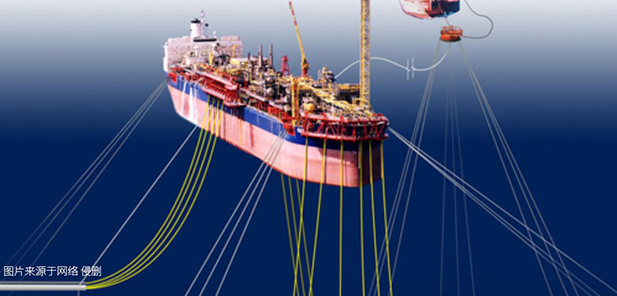
Application of Motion Capture in Fisheries
Motion capture systems can also be used in fisheries to capture markers fixed on the nets, to understand the physical behavior of the net ropes during the fishing process.
Observing the physical behavior of net ropes in water to assess the effectiveness of net fishing
The underwater trawl net is composed of net ropes and the net itself. Its fishing effectiveness depends on the ability of the net ropes to maintain the movement path within the net. Researchers have conducted experiments by altering the physical properties of the ropes, their layout patterns, and the traction speed. During the experiments, markers were evenly attached to the ropes, and an underwater optical motion capture camera system was used to capture the positional data changes within the rope capture area. The experimental results from the water tank can be compared with data obtained from finite element simulation models.

NOKOV motion capture assists in high-precision deformation measurement of underwater suspension tunnels
NOKOV has previously engaged in in-depth cooperation with various research institutes and universities in the field of ship and marine engineering research. A typical case of motion capture application in marine structures is the project in collaboration with Tianjin Water Transport Institute.
Ministry of Transport - Water Transport Engineering Science Research Institute (Tianjin)'s research project on underwater suspension tunnel engineering technology.
Underwater floating tunnels are large-scale maritime transportation structures suspended in water, primarily aimed at solving the challenges of crossing deep and wide water bodies in the future. The primary concern is safety, ensuring the structural stability under complex dynamic loads such as waves and currents, as well as abnormal loads like submarine collisions and sinking ships. One of the project's difficulties is the high-precision measurement of tunnel motion and deformation, requiring millimeter-level accuracy and sub-millisecond synchronization. By using 24 NOKOV Mars 2H optical motion capture cameras arranged around the test pool to capture marker positions, the motion deformation response of the tunnel model can be accurately obtained.
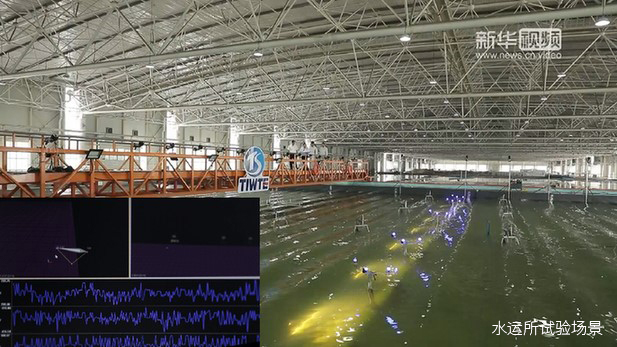
An optical motion capture system consists of infrared motion capture cameras, motion capture software, reflective markers, POE switches, and various accessories (such as calibration frames and camera mounting devices, etc.). NOKOV's Mars series cameras have a maximum resolution of 12 million pixels and a maximum sampling rate of 380Hz, which can accurately capture markers even in reflective conditions on the water surface.
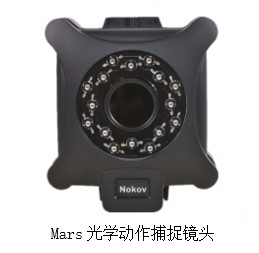
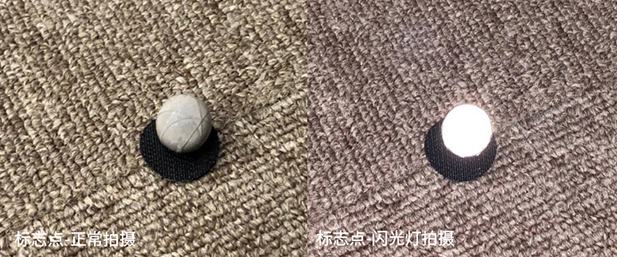
For scenarios involving reflective markers underwater, NOKOV has developed professional underwater motion capture cameras to capture the movement of objects beneath the water surface. NOKOV's underwater motion capture cameras have undergone pressure testing at depths of 100 meters and are protected against corrosion, allowing their use in saltwater tanks or chlorinated swimming pools. Their casings are rated at the highest level of waterproof and dustproof, IP68.
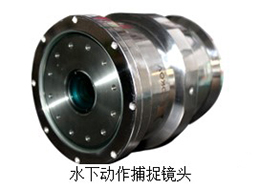
Reflective markers for underwater motion capture are covered with special materials that maintain their reflectivity underwater, enabling recognition by underwater motion capture cameras.
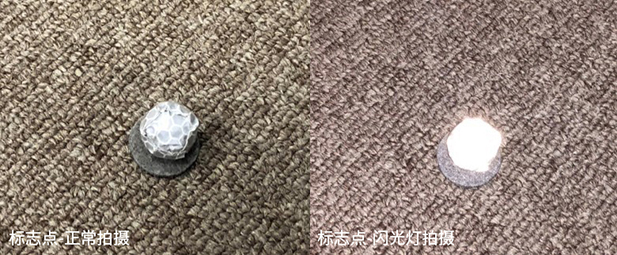
The NOKOV motion capture system is specially designed for underwater scenarios. Combining the system's high precision and stability, it meets the data and application requirements in shipbuilding, marine structures, fisheries, and more, offering a cost-effective solution for related research.